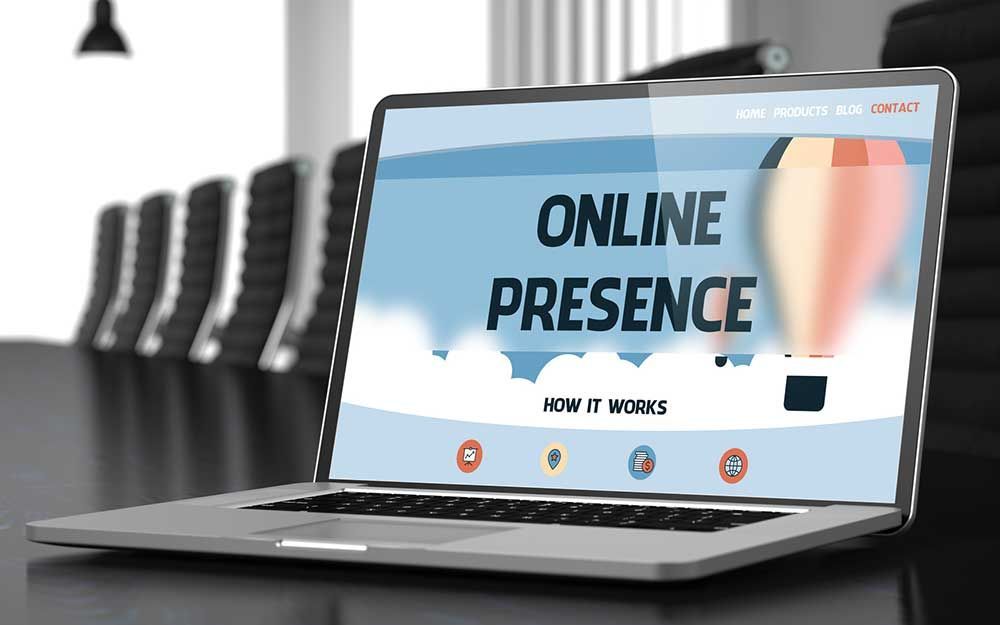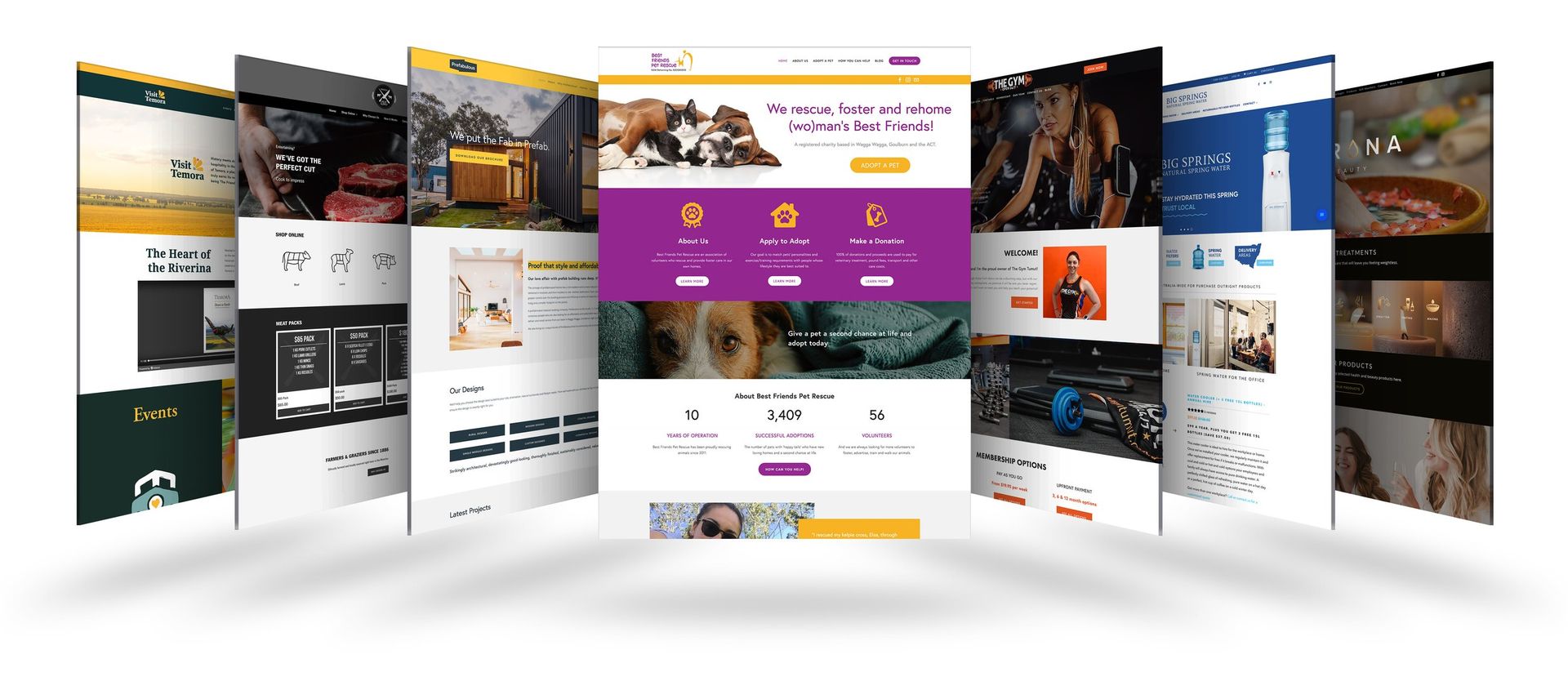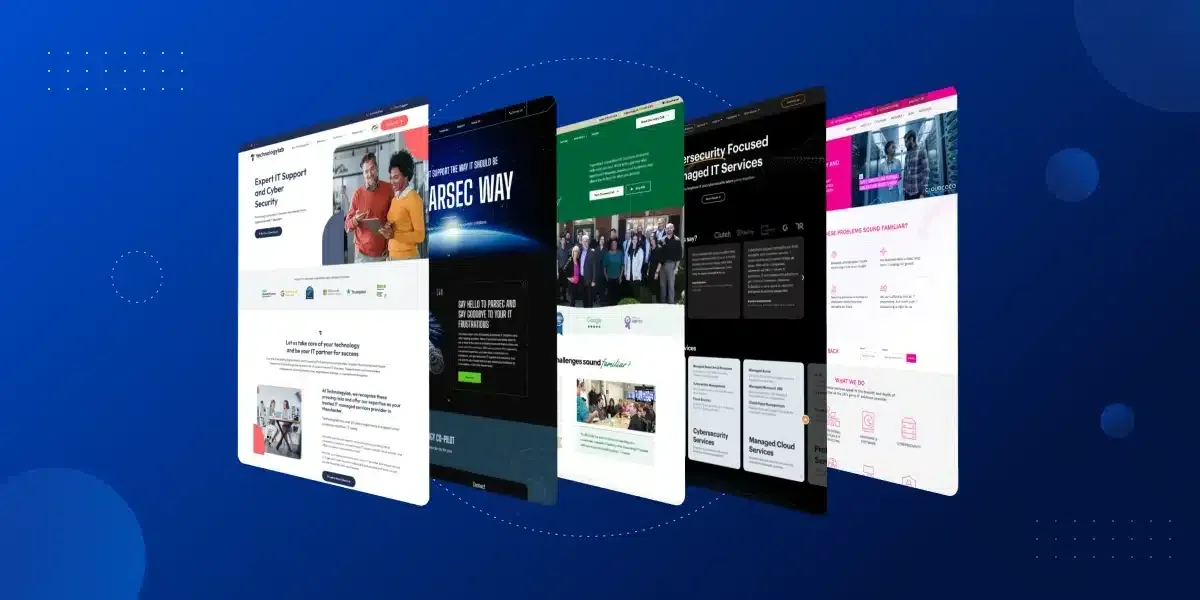7 Signs It’s Time to Upgrade From Just a Google Business Profile to a Real Website
TLDR:
A Google Business Profile (GBP) is a great starting point, but if you're aiming for long-term growth, control, and credibility, a standalone website is essential. These 7 signs will help you know when it’s time to make the move from just a GBP to a full-fledged website for your business.
Why Just a Google Business Profile Isn’t Enough Anymore
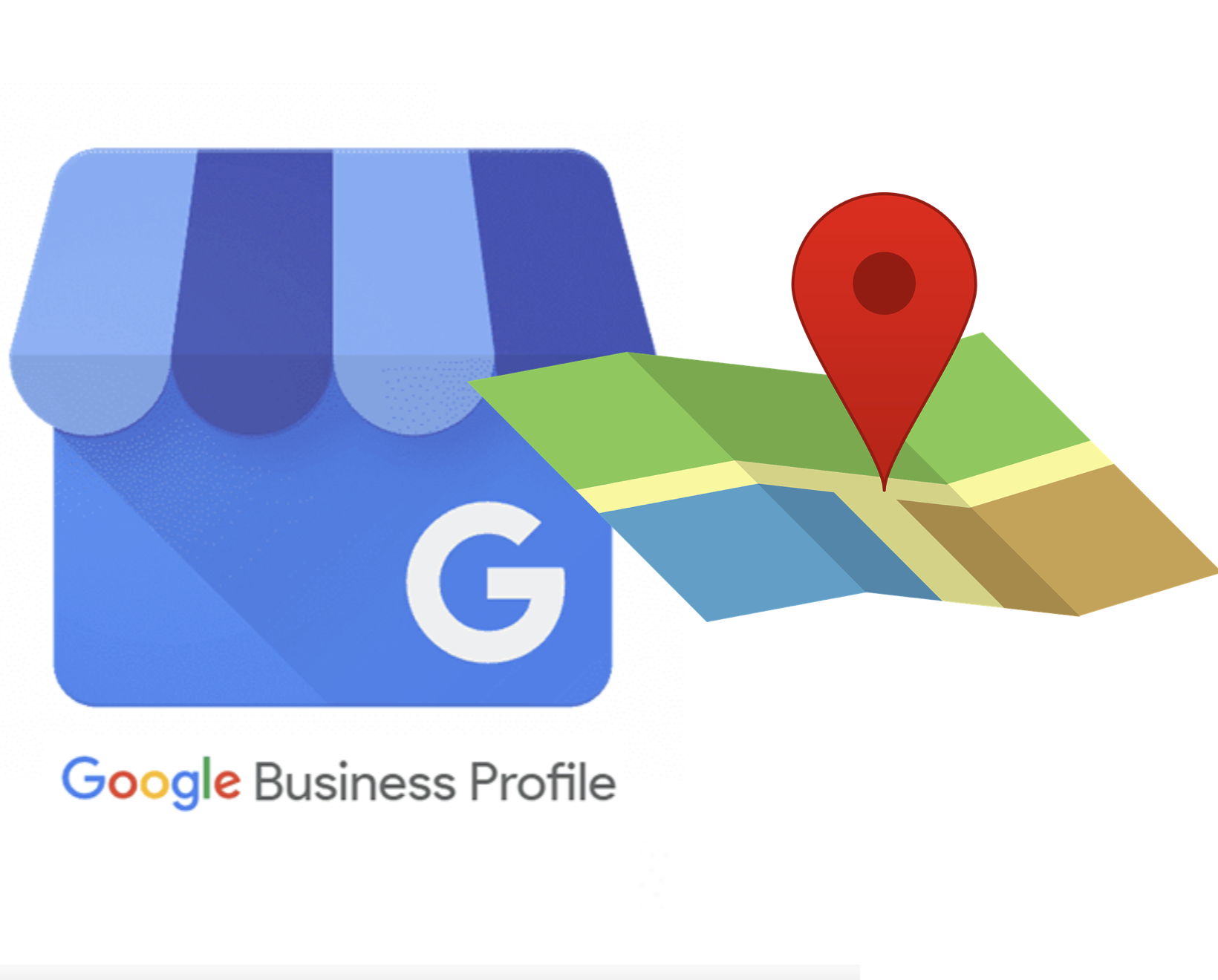
If you’ve been relying solely on a Google Business Profile, you're not alone. It’s easy, free, and visible in local search. But as your business grows, so do your digital needs. Platforms like GBP are designed for discoverability—not scalability. That’s why many growth-focused businesses invest in Digital Marketing and Web Development strategies that go beyond the basics, creating a foundation for long-term visibility and control.
At Allostasis Media, we’ve helped countless small and mid-sized businesses transition from “just having a listing” to owning a real online presence. The results? Increased conversions, better brand control, and the ability to adapt.
Let’s explore the seven biggest signs that it’s time to upgrade from just a GBP to a real website—complete with real-world examples, research insights, and practical strategies.
1. You’re Losing Visibility & Control Online
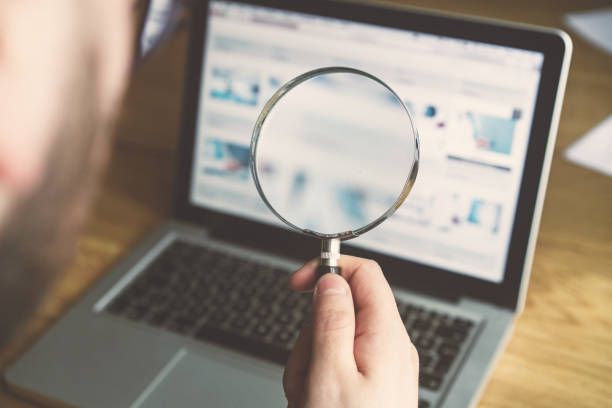
Your GBP gives you visibility only within Google’s sandbox—but no ownership.
- Google decides what appears, when, and how.
- You can’t control how your business is presented across all channels.
- You have limited access to structure your content with metadata, schema markup, or even basic SEO fields.
What this means:
- You’re at the mercy of algorithms.
- Your listing looks identical to your competitors.
- You can’t build authority with long-form or structured content. This is where
Content Marketing plays a crucial role—using strategic, value-driven content to boost search rankings and establish thought leadership in your niche.
Data insight:
Websites that use proper on-page SEO and schema markup are
2.5× more likely to appear in featured snippets and local packs than GBP-only listings (Search Engine Journal).
Take Control of Your Online Presence
Start Building Your Website Today!
2. Analytics Are Just Not Enough

Google Business Profile gives basic insights like views, calls, and clicks—but that’s surface-level.
With a real website, you get:
- Full user behavior data (bounce rate, session time, conversion paths).
- Heatmaps and scroll tracking.
- Integrated Google Analytics 4 (GA4), Search Console, and more.
Why it matters:
- You can’t optimize what you don’t measure.
- GBP insights don’t show you what content works—or what doesn’t.
- A standalone website enables A/B testing, form tracking, and goal setting.
3. The Experience Feels Too Generic
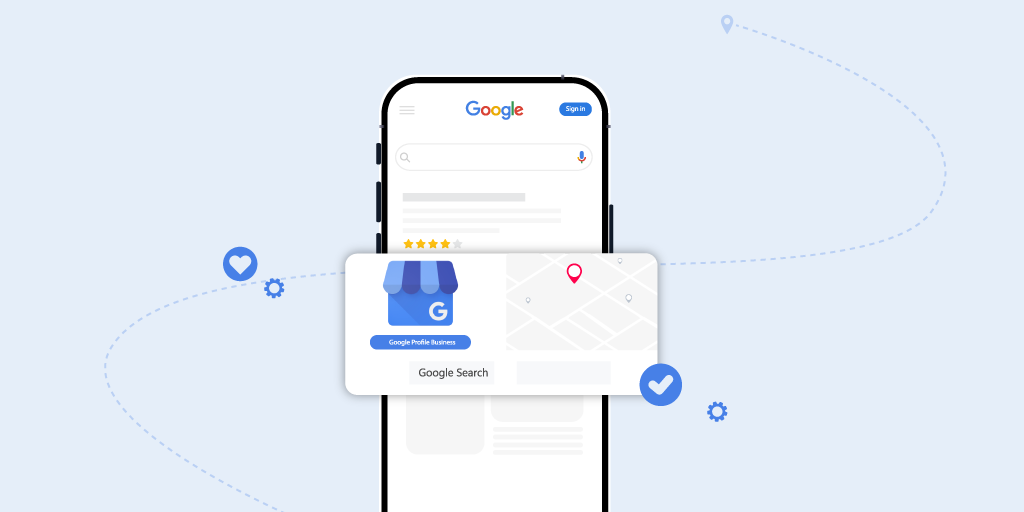
All Google Business Profiles look and feel the same. Your brand deserves more.
GBP limitations:
- No control over layout, design, or formatting.
- No way to reflect brand personality.
- Limited to business hours, a few photos, and Google-generated questions.
With a real site, you can:
- Showcase your logo, fonts, brand colors.
- Tell your brand story.
- Add testimonials, videos, downloadable assets, and more. With the right
UI/UX Design, you can guide visitors seamlessly through your site, making it both visually appealing and conversion-focused.
Impact:
Brand storytelling increases conversion rates by up to
30% when compared to generic listings or static pages (Harvard Business Review).
4. You Need Advanced Functionality or Content
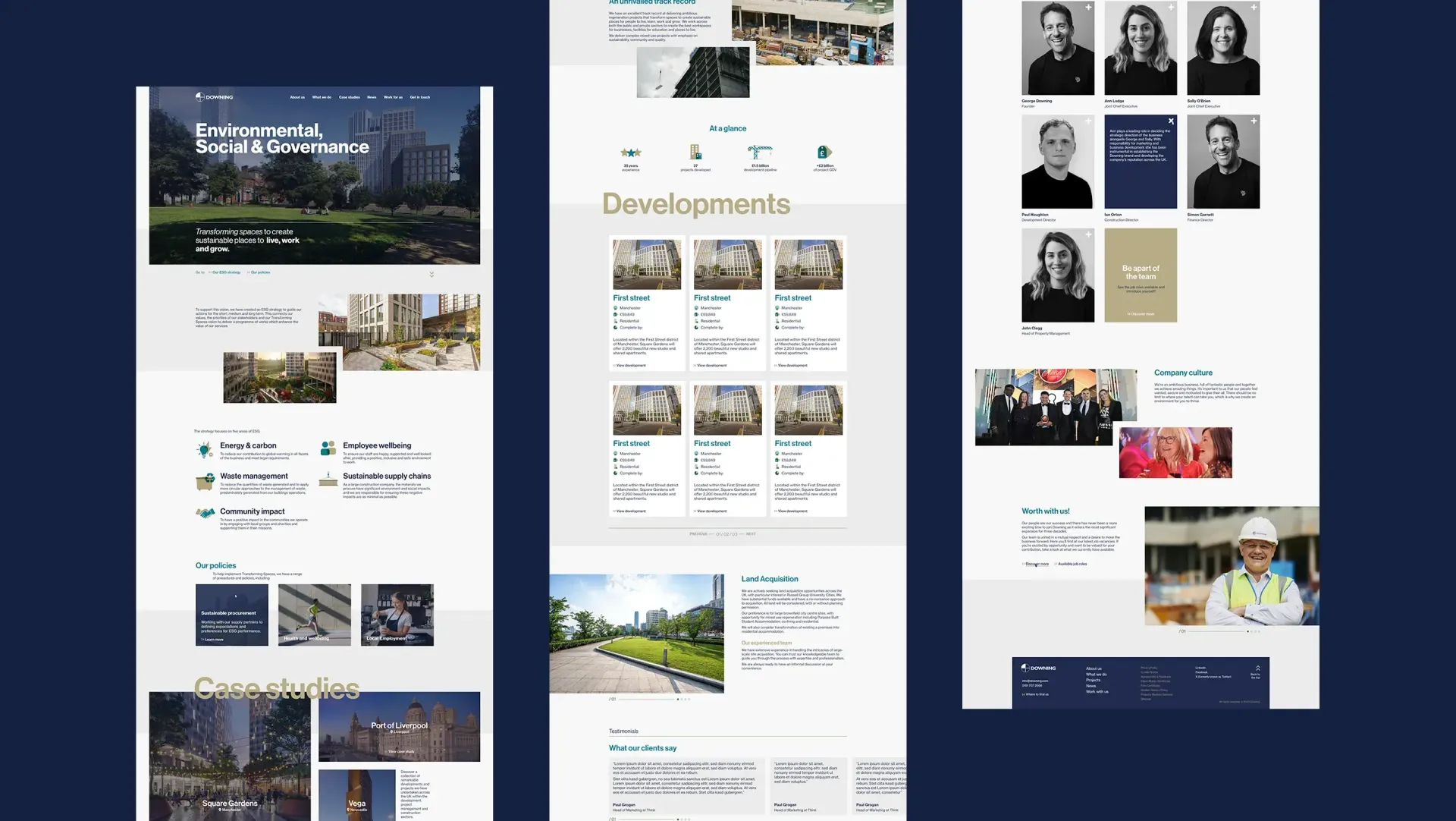
As your business grows, you’ll want more tools. GBP doesn’t offer any.
What you can’t do on GBP:
- Add a blog or knowledge base.
- Accept payments or bookings.
- Integrate email marketing or CRM tools.
- Build service pages, case studies, or resources.
On your own site:
- You can create layered content to improve SEO.
- You can convert traffic with opt-ins, forms, and live chat.
- You can guide users through a funnel with a defined customer journey. Some businesses even adopt
Progressive Web Applications to deliver app-like speed and functionality directly through the browser, improving engagement and retention.
When this matters:
If you’re running paid ads, building authority in a niche, or managing multiple services—GBP alone won’t cut it.
Take Control of Your Online Presence
Start Building Your Website Today!
5. Migrations Aren’t Enough Without Strategy
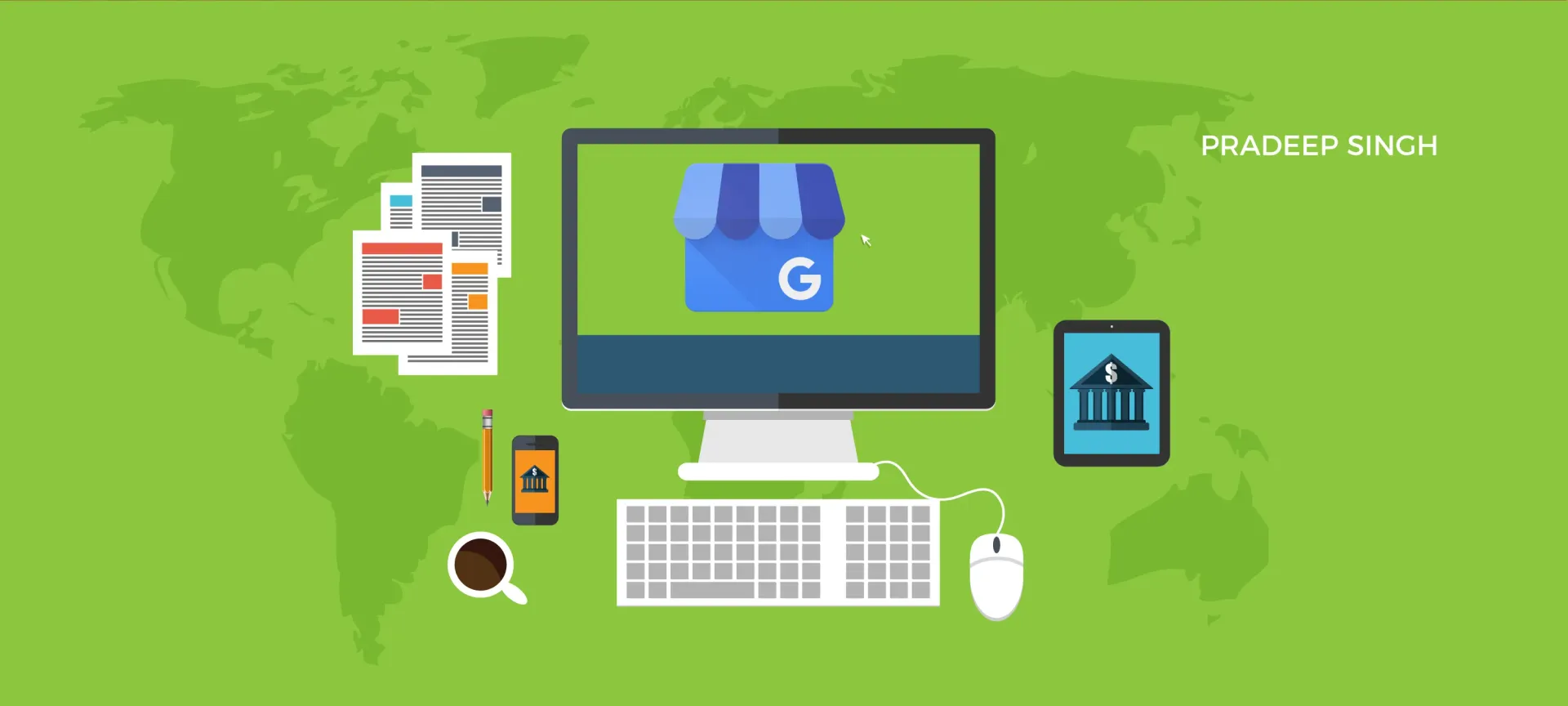
Some businesses try to move content from GBP to a site—but do it without strategy.
Don’t just copy-paste. Instead, plan for:
- A proper site structure using topic clusters.
- Semantic SEO: pages built with intent, not just keywords.
- Schema implementation (LocalBusiness, FAQs, Breadcrumbs).
Why structured migration matters:
- Better crawlability and indexation.
- Reduced duplicate content risks.
- More relevance in search results.
Pro tip from Allostasis Media:
When migrating to a website, think of your site as a
library, not a
flyer. It needs structure, depth, and discoverability.
6. Mobile and Performance Expectations Have Evolved

A mobile-friendly GBP page is not the same as a mobile-optimized website.
Here’s what GBP lacks:
- Speed optimization.
- Responsive layouts tailored to device type.
- Interactive features (carousels, expandable FAQs, videos).
Why it matters:
- 63% of web traffic comes from mobile devices.
- Google ranks based on mobile-first indexing.
- Slow load time = high bounce rate = lost revenue.
7. ROI: What a Real Website Brings vs Just GBP
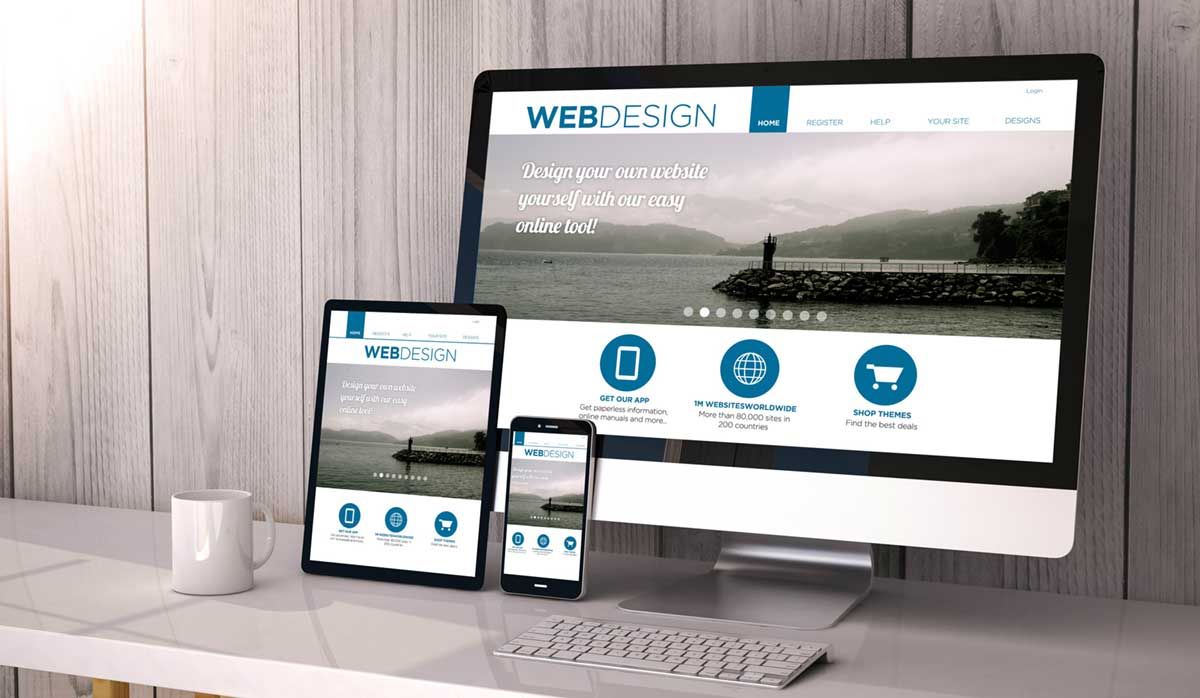
Let’s talk numbers.
GBP-only presence:
- Limits audience to Google Search.
- Converts at a basic local intent level.
- Has zero long-term SEO or content equity.
Real website:
- Multiplies lead generation through multiple traffic sources.
- Converts visitors with CTAs, lead magnets, and intent-based design.
- Becomes a long-term asset that builds over time.
Mini comparison:
A landscaping business in Ohio relied solely on GBP and got 12 monthly calls. After launching a branded WordPress site and linking from GBP, they averaged 57 calls and 19 email leads monthly within 90 days.
Visual Breakdown: GBP vs Real Website vs Hybrid
| Feature | Google Business Profile | Real Website | GBP + Website (Hybrid) |
|---|---|---|---|
| Branding | Very limited | Fully customizable | Custom with boosted reach |
| SEO Control | Minimal | Full on-page + technical | Combined local + web SEO |
| Content Flexibility | Low | High | Medium–High |
| Analytics | Basic insights | Advanced (GA4, heatmaps) | Cross-channel tracking |
| Features (Forms, Booking) | None | Full | Full |
| Scalability | None | High | High |
| Best For | Startups, early-stage | Growth-ready businesses | Local-focused growth strategy |
How to Transition Smoothly to a Website

Making the move from GBP to a full site doesn’t need to be overwhelming. Here’s how to do it right:
- Clarify your goals
- Who are you serving?
- What do they expect to find?
- Map out your content
- Use topic clusters (main services → subtopics).
- Align structure with search intent.
- Choose the right platform
- WordPress (flexible & SEO-friendly).
- Squarespace (quick setup).
- Shopify (if e-commerce is needed).
- Migrate strategically
- Pull content from GBP: reviews, descriptions, photos.
- Add service pages, About, FAQs, Contact forms.
- Implement schema
- LocalBusiness markup.
- Breadcrumbs.
- FAQ schema for rich snippets.
- Measure performance post-launch
- Connect GA4, Search Console.
- Track rankings, bounce rates, load speeds.
- Adjust based on heatmaps and user flow.
- Link GBP to your new site
- Keep your GBP active.
- Drive traffic to your website for conversions.
Take Control of Your Online Presence
Start Building Your Website Today!
Why Move From Google Business Profile: A Broader Look
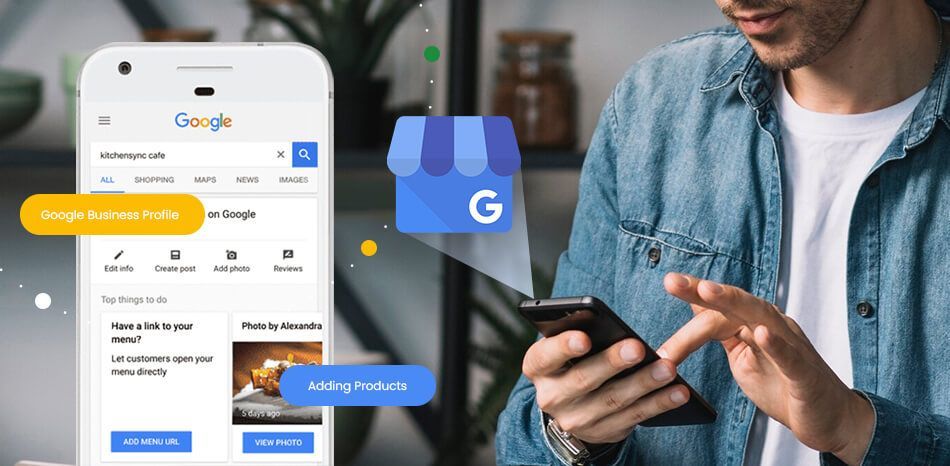
Beyond tech specs and features, consider these bigger-picture reasons:
- Credibility:
Customers expect a professional business to have a real website. - Control:
You own your domain, design, messaging, and user journey. - Longevity:
A GBP can be suspended or restricted by Google. A website is yours. - Growth:
Future-proof your marketing with integrations (email, CRM, ads). - Differentiation:
Stand out in a sea of local listings that all look the same.
FAQ: Common Questions About Upgrading From GBP
Can I keep using my Google Business Profile if I build a website?
Yes, and you should. A GBP helps with local visibility, but your site becomes the primary conversion tool.
Is upgrading worth the cost?
Absolutely. The ROI of owning your platform outweighs the upfront investment. You're no longer renting digital space—you own it.
Will I lose my GBP reviews or ranking?
No. GBP remains active and continues to gather reviews and engagement. Linking it to your new site can even boost rankings.
How long does migration take?
Typically 2–4 weeks depending on your goals, content needs, and platform choice. At Allostasis Media, we streamline this process for clients with minimal downtime.
Build for the Future, Not Just the Now

Choosing to move from a Google Business Profile to a real website isn’t just an upgrade—it’s a commitment to growth.
You gain:
- More visibility across platforms
- The power to tell your story
- Tools to convert interest into action
At Allostasis Media, we’ve seen firsthand how this transition can transform small businesses. From increased credibility to measurable ROI, the shift opens new doors—and we’re here to help you walk through them.
If you’ve seen yourself in any of these signs, now’s the time to act. Your business deserves more than a listing—it deserves a digital home.



